Minh Mang Tomb, also known as Hieu Lang, is located on Cam Khe Mountain ( Hue ). This is the resting place of the second king of the Nguyen Dynasty - King Minh Mang. His real name is Nguyen Phuc Dam, and he was the second son of King Gia Long - the king who founded the Nguyen Dynasty.
The ancient capital of Hue is famous for its ancient feudal architectural works, so it has long been the top choice for those who love to travel , explore and experience.
This imperial land owns a series of attractions such as Hon Chen Palace, Thien Mu Pagoda, Hue Imperial City... and of course, we must mention Minh Mang Tomb - one of the four most impressive architectural tombs.
Minh Mang Tomb, also known as Hieu Lang, is the resting place of the second king of the Nguyen Dynasty – King Minh Mang. His real name is Nguyen Phuc Dam, and he was the second son of King Gia Long – the founding king of the Nguyen Dynasty.
King Minh Mang is considered the most outstanding king among the Nguyen Dynasty kings with many contributions to the country.
After being in power for 7 years, he started planning to build a mausoleum because this process would take a lot of time.
Not only is it a resting place and incense offering for the king when he passes away, the mausoleums are also used as a place for the king to rest after stressful hours of court, so they cannot be careless or sloppy.
After more than 14 years of searching, the king finally chose Cam Khe Mountain as the place to build his mausoleum. Cam Khe Mountain (later renamed Hieu Son) is a mountain located in Huong Tho Commune, Huong Tra Town (Hue City).
It is not wrong to say that Minh Mang Tomb is one of the tombs in the complex of mausoleums in Hue with a prime location.
The chosen mountain is located near the Bang Lang junction - also the confluence of the Ta Trach and Huu Trach rivers, forming the peaceful and poetic Huong River. From then on, Cam Khe mountain was renamed Hieu Son, and he named his tomb Hieu Lang.
Construction began in 1840 and took three years to complete. The entire mausoleum is considered to be the most majestic and magnificent, requiring 13,000 workers and soldiers to build. Unfortunately, the king passed away in 1841 before the mausoleum was completed.
When King Thieu Tri – the son of King Minh Mang – ascended the throne, he continued the construction of his father’s tomb. And in 1841, King Minh Mang’s remains were buried in Buu Thanh, but it was not until 1843 that his tomb was officially completed.
As a mausoleum built on a large scale and elaborately with nearly 40 large and small works, Minh Mang Tomb is currently one of the prominent tourist attractions of the ancient capital. Located on a hill surrounded by mountains, rivers and a lake, Minh Mang Tomb is more airy and cooler than other places in Hue.
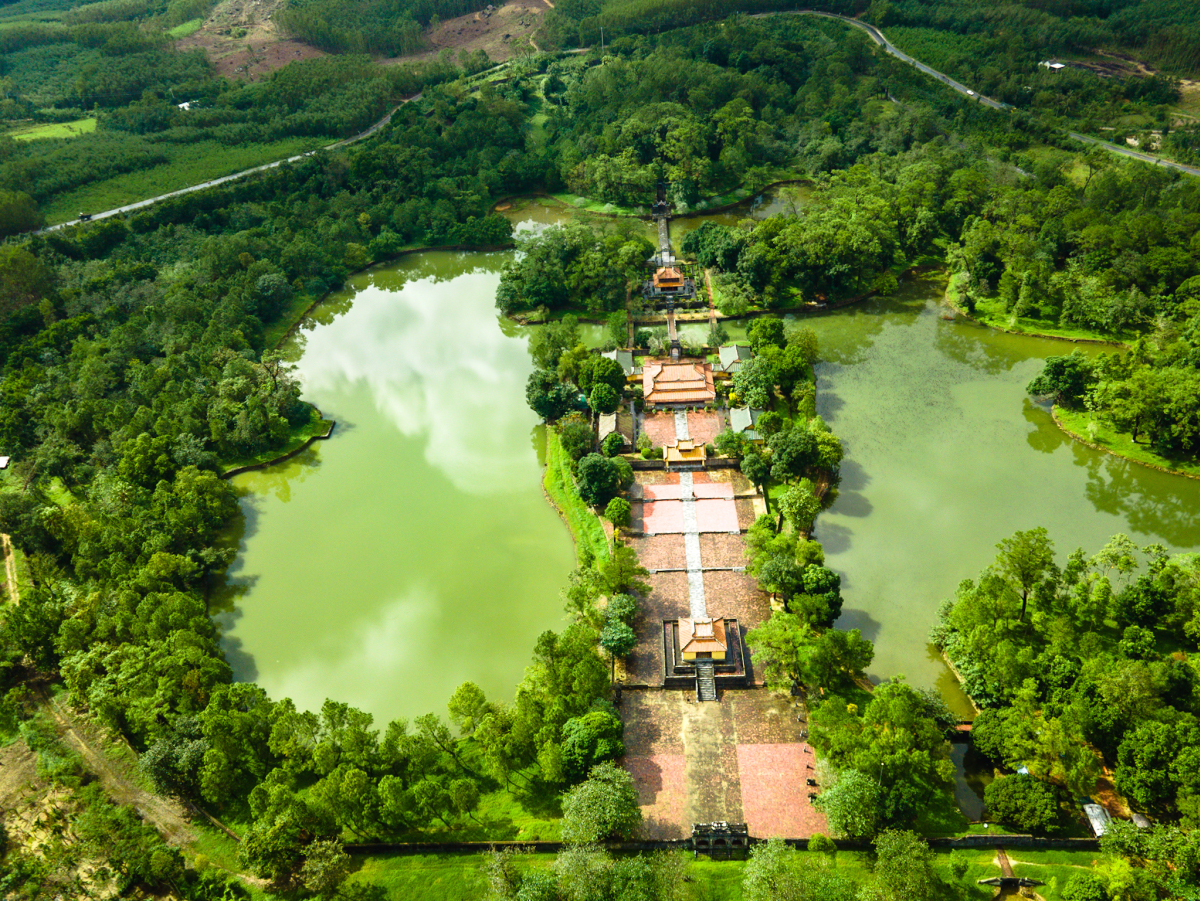
Panoramic view of Minh Mang Tomb, the second king of the Nguyen Dynasty, the king with the most wives, children, and grandchildren among the 13 kings of the Nguyen Dynasty. Minh Mang Tomb, also known as Hieu Lang, is located on Cam Khe Mountain (later renamed Hieu Son), Huong Tho Commune, Huong Tra Town (Hue City).
Considered one of the four most majestic and standard tombs in the ancient architectural style of the Nguyen Dynasty, Minh Mang Tomb has the majestic and dignified appearance typical of a king.
However, the architectural works in the mausoleum still blend harmoniously with the surrounding landscape, creating a picture that is both majestic and solemn but also full of poetry.
Minh Mang Tomb has an impressive spacious area of up to 1,750m2, arranged symmetrically to form an impressive architectural complex.
Seen from above, the mausoleum looks like a person leisurely resting amidst the poetic scenery, with his head facing Kim Phung mountain, his two sides facing Trung Minh lake in the mausoleum, and his two feet placed on the river fork.
The 40 large and small structures in the mausoleum are all solidly, meticulously and eye-catchingly built, arranged symmetrically on a single vertical axis, extending from the Dai Hong Mon area to the foot of La Thanh wall behind where King Minh Mang rests.
Therefore, Minh Mang Tomb is considered the mausoleum complex with the most symmetrical structure with 3 parallel axes.
5 outstanding works in Minh Mang Tomb complex
1: Dai Hong Mon (main gate leading to Minh Mang Tomb)
Dai Hong Mon is designed relatively simply with 3 entrances including one main entrance and two side gates, 9m high, 12m wide and designed with the typical features of Nguyen Dynasty architecture.
The gate is meticulously and delicately decorated with unique motifs and good meanings, such as the statue of a carp transforming into a dragon.
However, the main gate is only opened once to bring the king's coffin into the mausoleum. If you want to visit the mausoleum, you will have to go through two side gates, Ta Hong Mon and Huu Hong Mon.
2: Bai Dinh
Located right behind Dai Hong Mon, Bai Dinh is paved with flat Bat Trang bricks with rows of stone statues of mandarins and elephants and horses standing in attendance on both sides.
Behind Bai Dinh is Bi Dinh located at Phung Than Son. This is where the Thanh Duc Than Cong stele written by King Thieu Tri was erected, recounting the biography and merits of his father.
3: Hien Duc Gate
Located in the temple area at Minh Mang Tomb, Hien Duc Mon was built on a square piece of land, symbolizing the god of the land.
The Sung An Palace is the central area of the palace, and is also where the king and queen's tablets are placed. In addition, in the palace area, there are other ancillary structures including Hieu Duc Gate, Sung An Palace and Hoang Trach Gate with majestic, ancient and strangely sacred colors.
4: Smart and Honest Bridge
This structure is paved entirely with stone with 17 additional steps, and on both sides is a sparse railing built across Tan Nguyet Lake on the way leading to Buu Thanh - the wall surrounding the tomb of King Minh Mang.
On both sides of the bridge are three-door gates, carved with dragon and phoenix motifs, adding majesty and solemnity to the resting place of the most talented king of the Nguyen Dynasty.
5: Tan Nguyet Lake
What makes Minh Mang Tomb special is that the mausoleum grounds are cleverly combined with clear blue lakes, creating harmony and not being too dry for the entire structure. Tan Nguyet Lake means the moon embracing the sun of Buu Thanh, who is also the talented King Minh Mang.
In addition, in the Minh Mang Tomb complex today, there are still countless skillfully designed palaces, lying peacefully among rows of lush green trees, with high artistic and aesthetic value on the historical map of Hue.
Symmetrical ancillary works in pairs such as Ta Tung Phong on Tinh Son, Huu Tung Phong on Y Son or Tuan Loc Hien on Duc Hoa Son, Linh Phuong Cac on Dao Thong Son and Truy Tu Trai on Phuc Am Son, Hu Hoai Ta on Tran Island, etc. also contribute to the most impressive beauty of Minh Mang Tomb.
Minh Mang Tomb with its harmonious beauty of classical architecture and traditional colors, imbued with ancient Confucianism and impressive symmetrical structure has truly become an ideal tourist destination in the dreamy land of Hue.
Source: https://danviet.vn/lang-mo-vua-minh-mang-nhieu-vo-lam-con-dong-chau-nhat-vuong-trieu-nha-nguyen-tren-nui-nao-o-hue-20250114103139083.htm





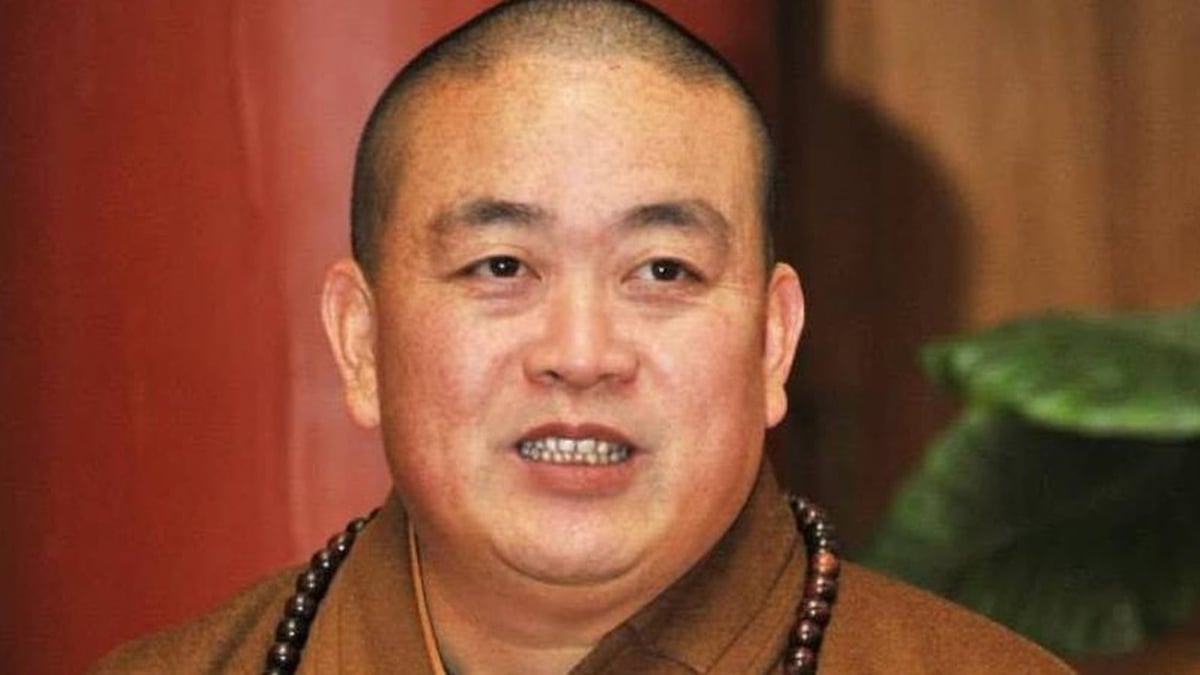

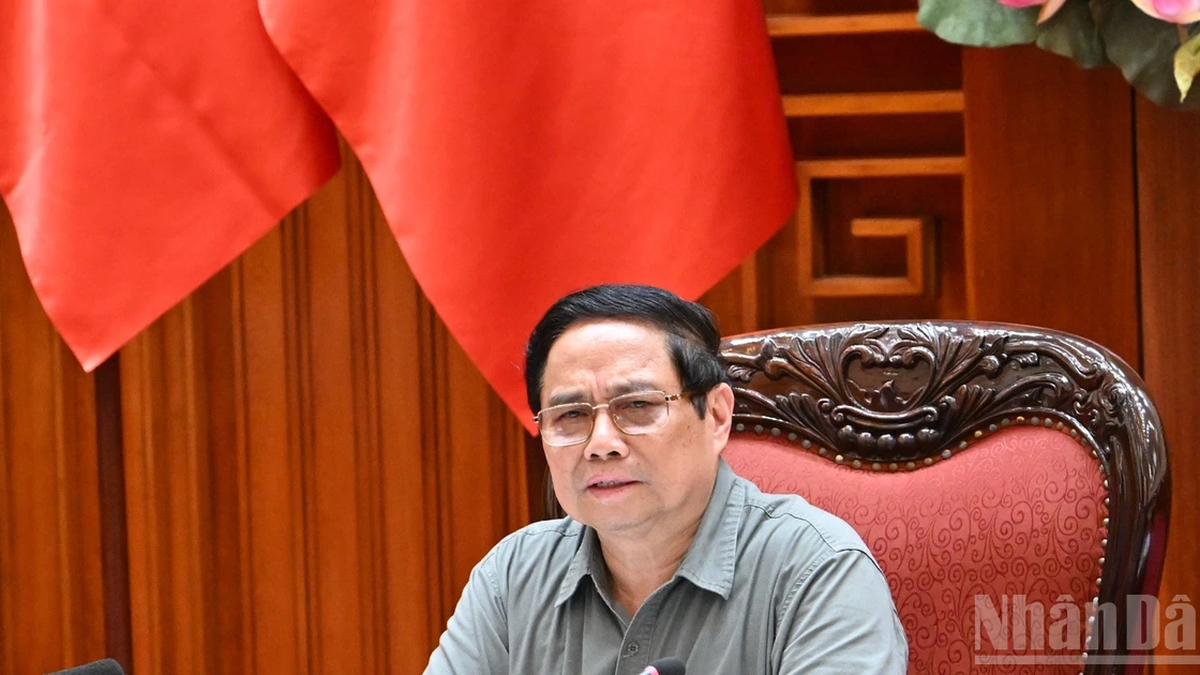
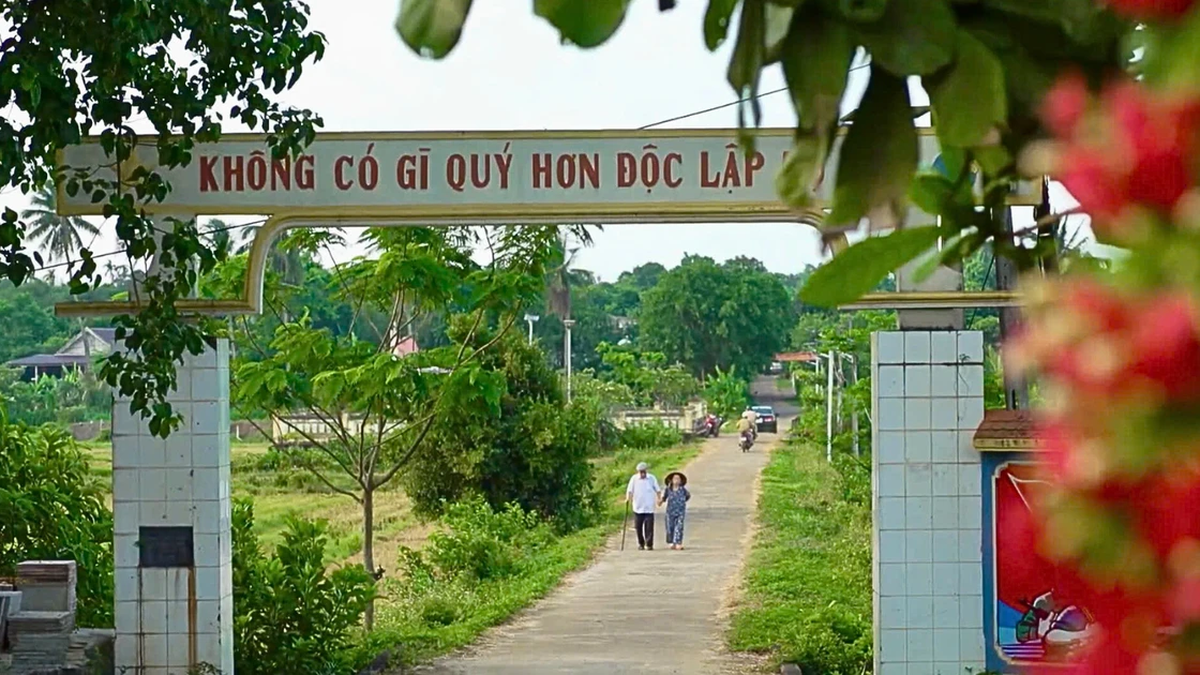

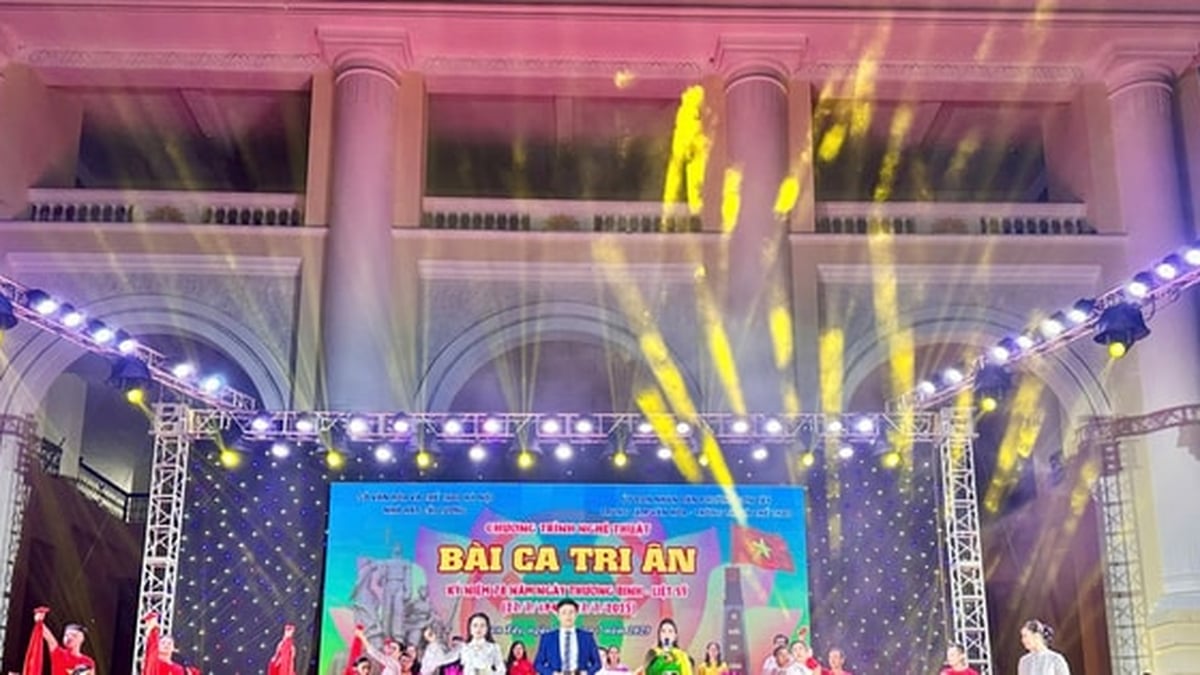
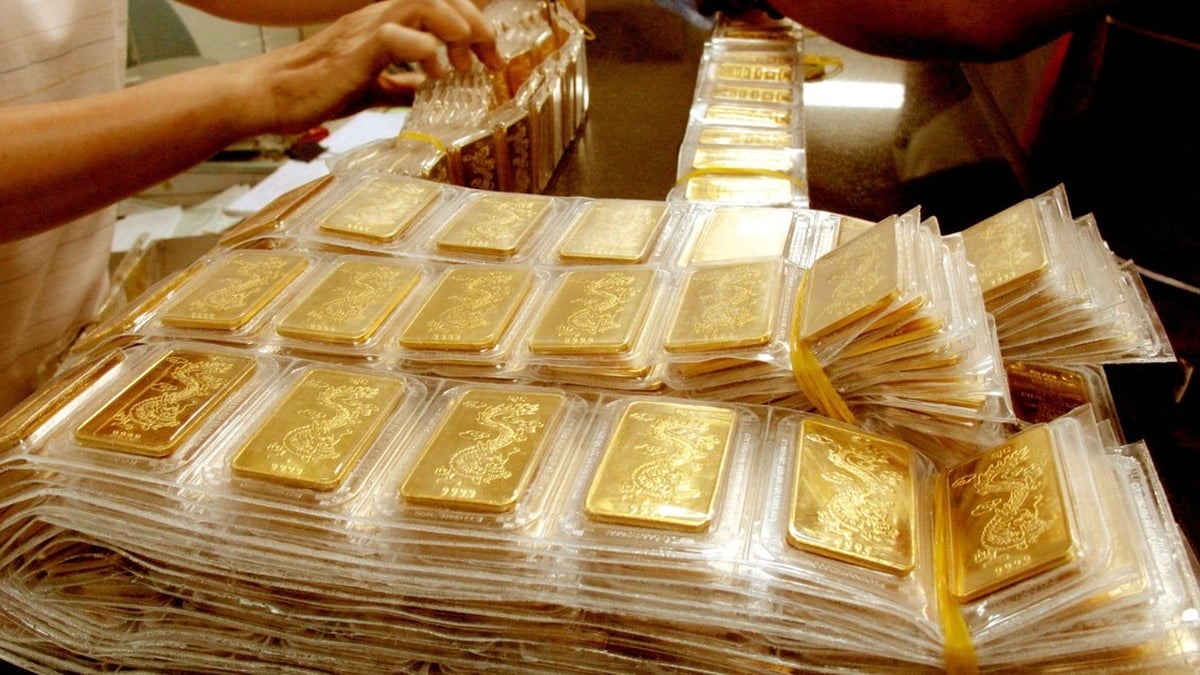










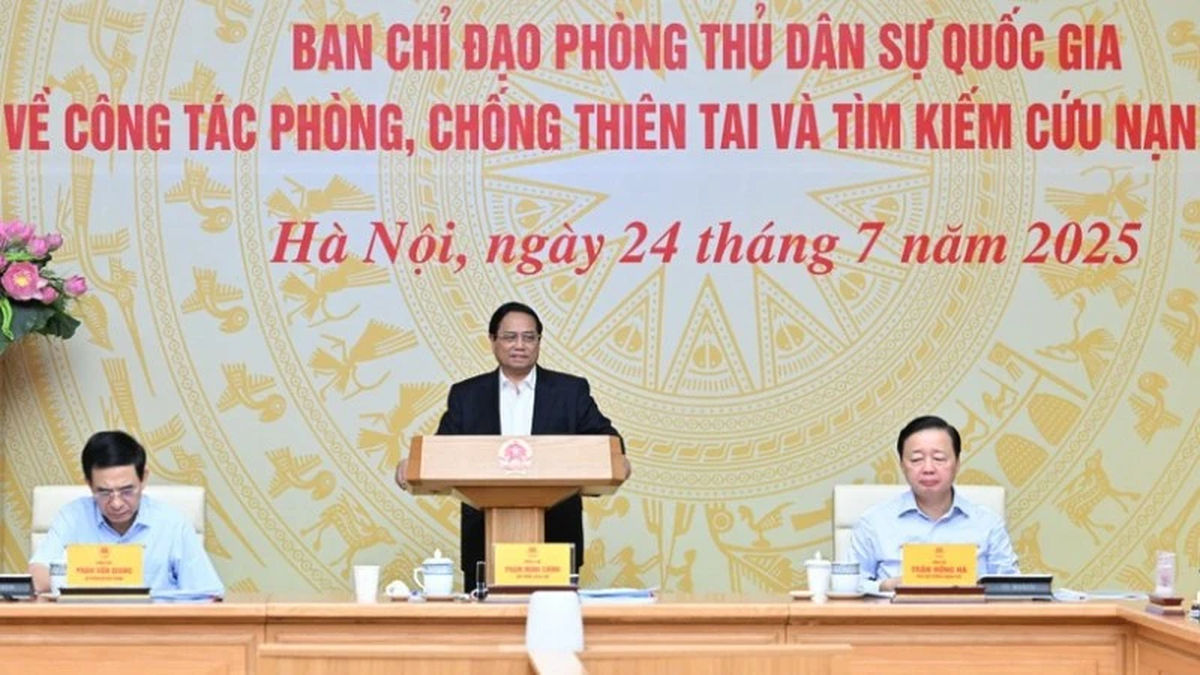

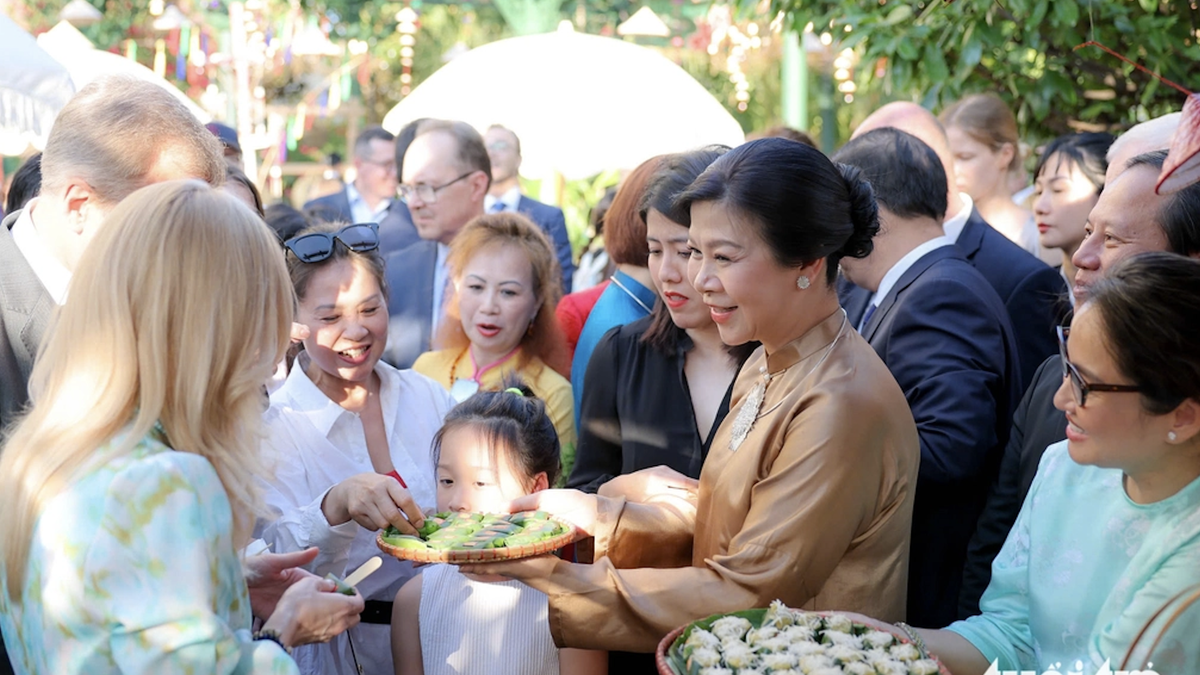



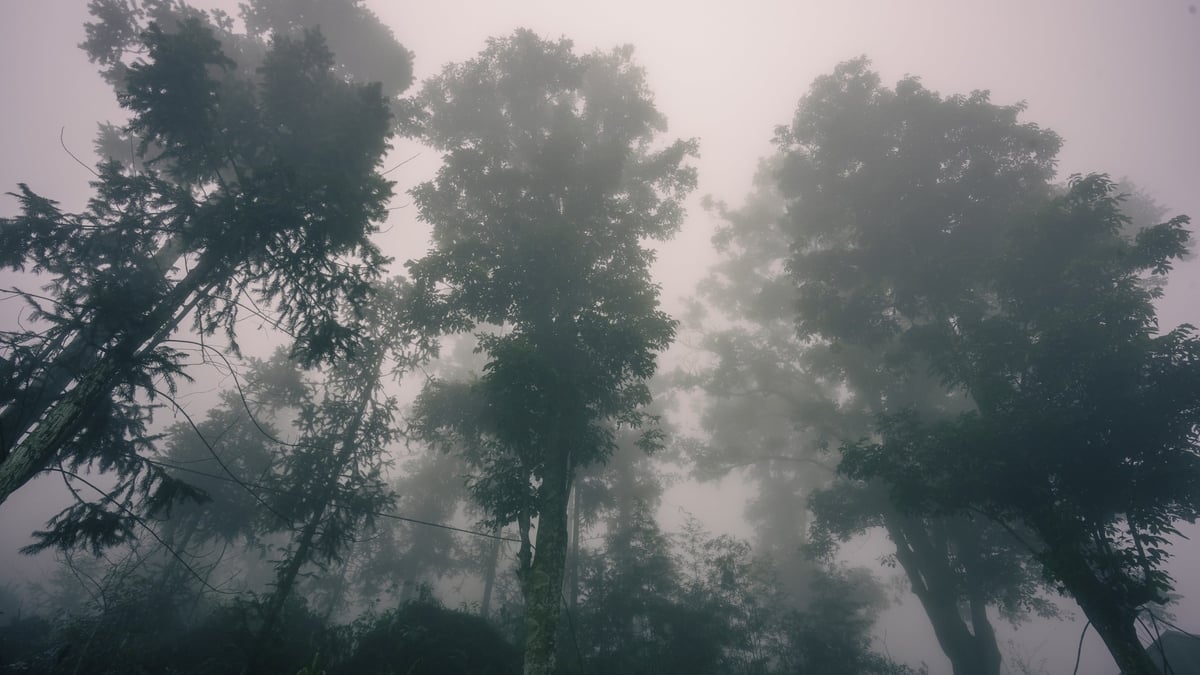


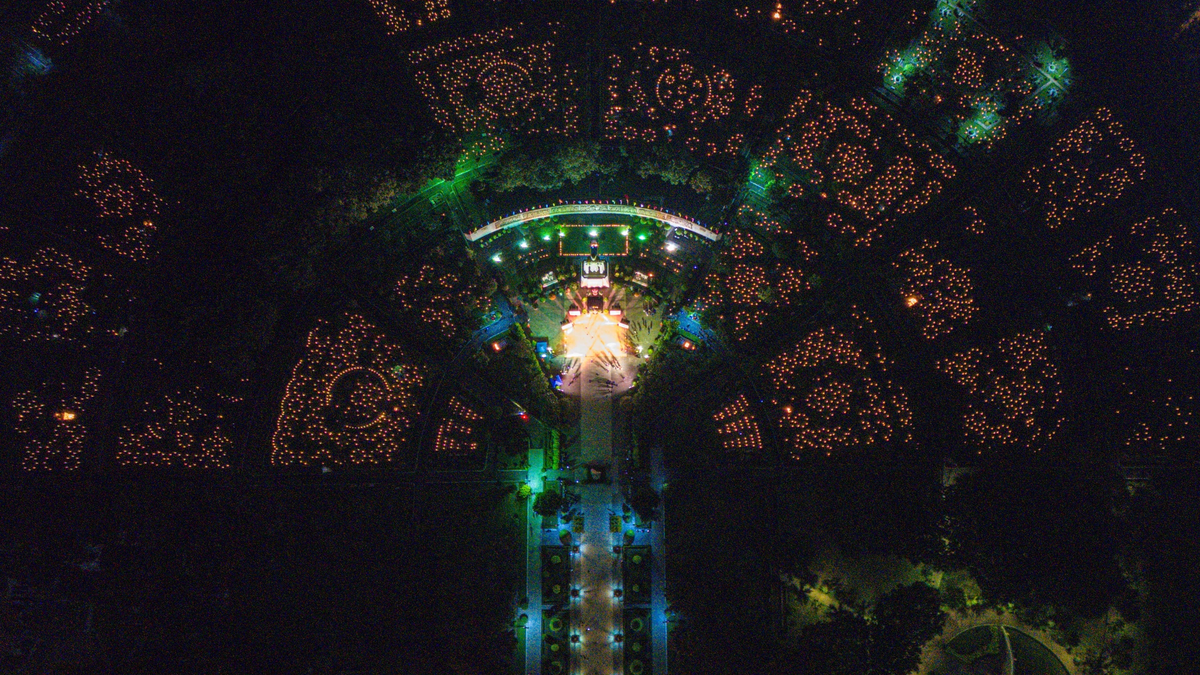
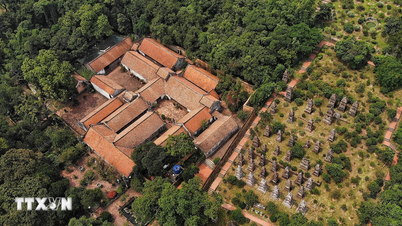



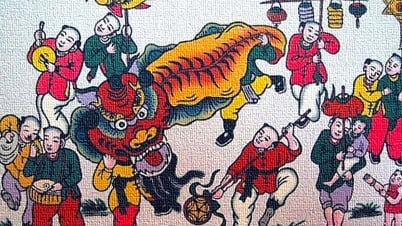

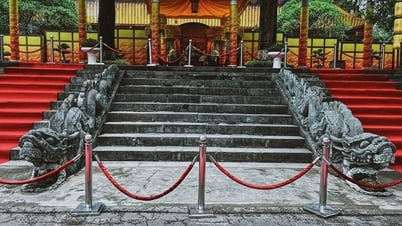



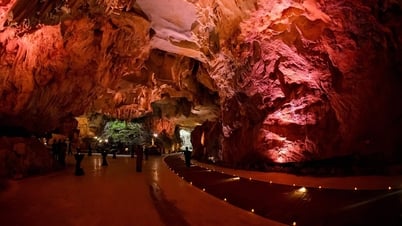





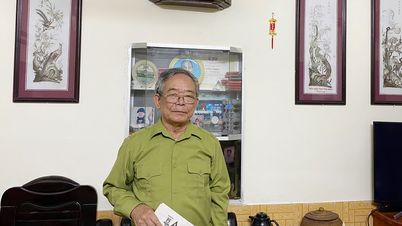

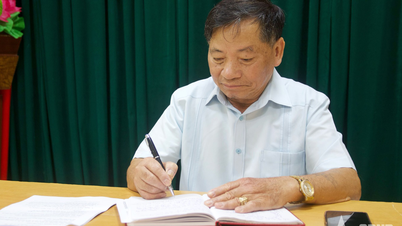




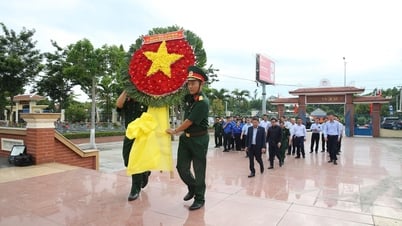





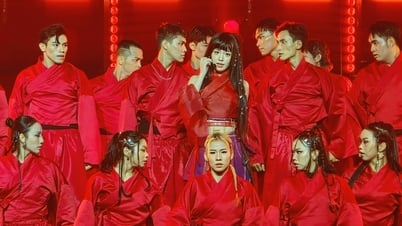

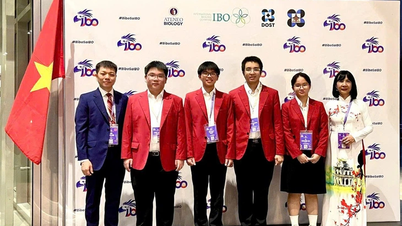




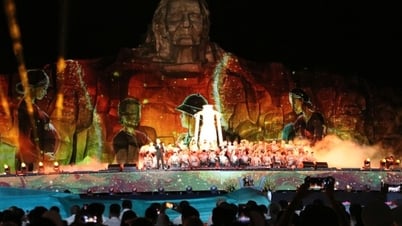




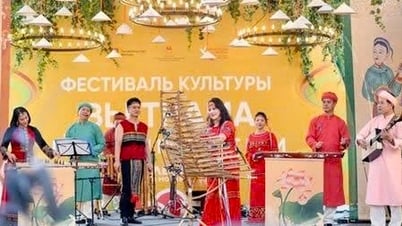





















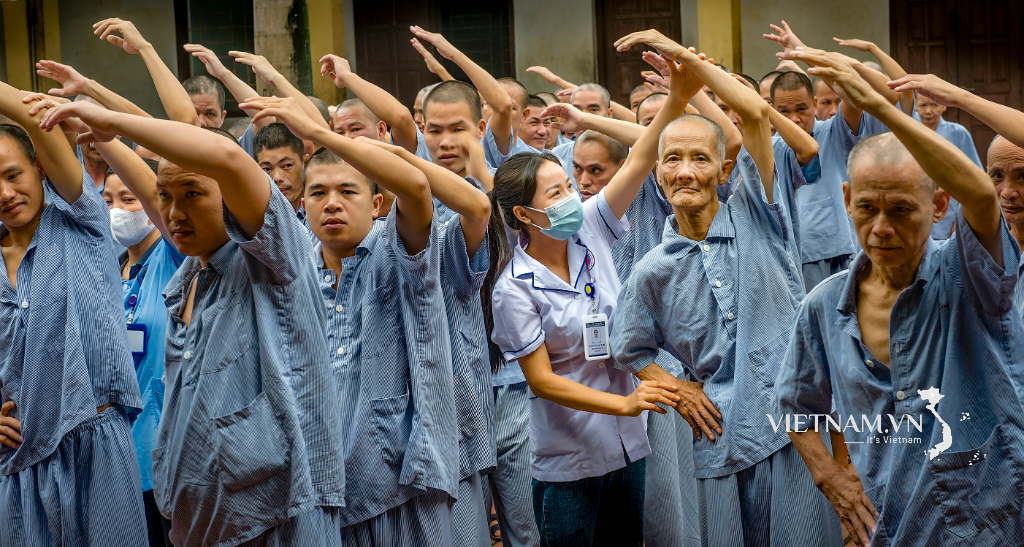


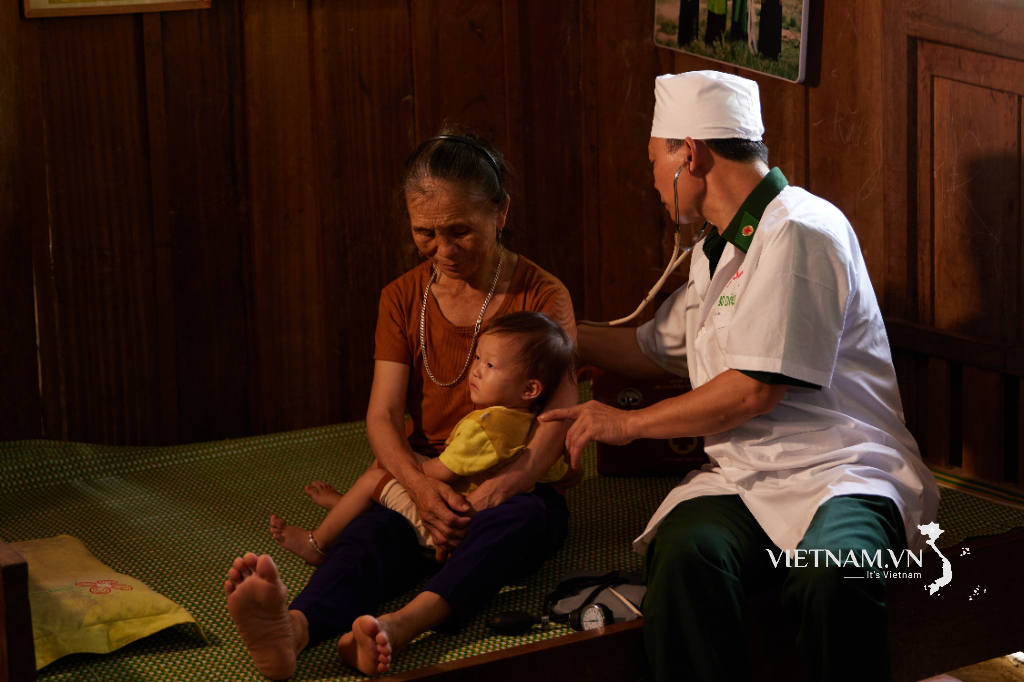
Comment (0)